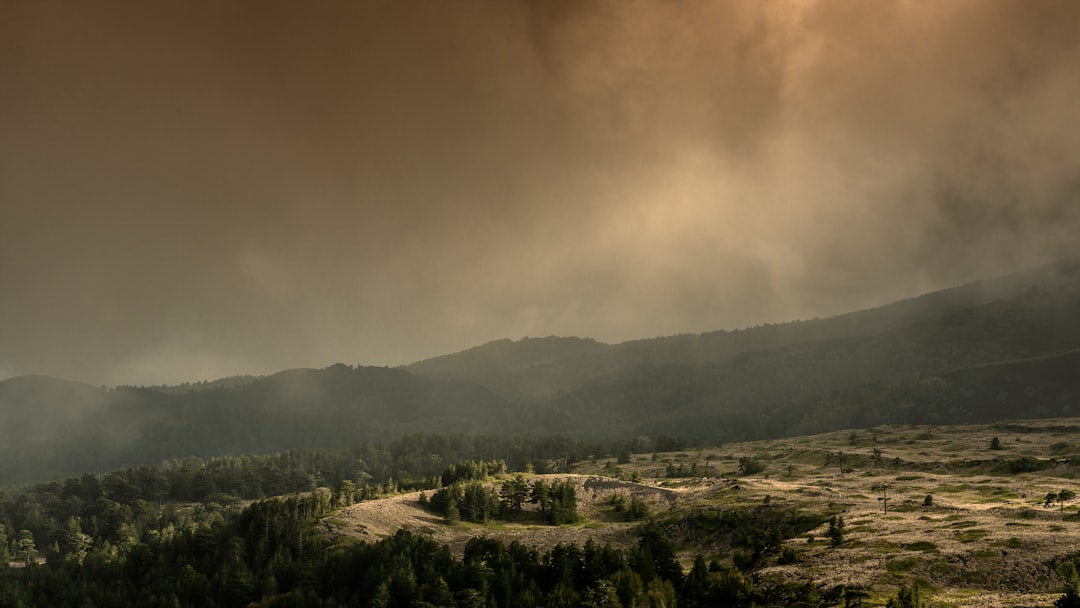Understanding Wildfires: Causes, Consequences, and Mitigation
Wildfires are uncontrollable fires that rapidly spread across vegetation-rich areas such as forests, grasslands, and prairies. While they are natural phenomena playing key roles in various ecosystems, their frequency, intensity, and destructive potential have grown significantly in recent years. This article explores the nature of wildfires—their causes, effects, and strategies for prevention and management—with detailed data and insight.
Table of Contents
- What Are Wildfires?
- Causes of Wildfires
- Global Incidence
- Consequences of Wildfires
- Wildfire Case Studies
- Prevention and Mitigation
- The Role of Climate Change
- Frequently Asked Questions
- References
What Are Wildfires?
Wildfires, also known as forest fires, bushfires, or vegetation fires, occur when combustible vegetation becomes ignited and the resulting fire spreads out of control. These fires can last for days to months, affecting large expanses of land.
Types of Wildfires:
- Surface Fires: Burn through leaf litter and low-lying vegetation.
- Crown Fires: Ignite tree canopies; often the most intense and fast-moving.
- Ground Fires: Burn organic matter in the soil; can smolder for long periods.
Causes of Wildfires
Wildfires are triggered by both natural and human causes. The interplay between ignition sources and environmental conditions determines fire behavior.
Major Causes
| Cause Type | Description | Example / Source | Estimated Proportion (%) |
|---|---|---|---|
| Natural | Lightning strikes, spontaneous combustion | Dry thunderstorms | 10-15 |
| Human | Campfires, machinery, arson, cigarettes | Unattended campfire, power lines | 85-90 |
Critical Environmental Factors
- Long Periods of Drought: Dryness primes vegetation to burn.
- High Temperatures: Favor ignition and spread.
- Low Humidity: Dries out fuels.
- Wind: Disperses embers and increases fire speed.
Global Incidence
Wildfires are common across many continents, with certain regions more susceptible due to their ecosystems and climates.
Table: Notable Fire-Prone Regions
| Continent | Notable Regions | Peak Fire Season | Major Causes |
|---|---|---|---|
| North America | California, Canada | Summer to Fall | Dry lightning, humans |
| Australia | New South Wales, Victoria | December–March | Extreme heat, arson |
| Europe | Mediterranean countries | Summer | Human activities |
| Africa | Savannas, South Africa | Dry seasons | Farming, lightning |
| South America | Amazon Basin | July–October | Land clearing |
Consequences of Wildfires
The impacts of wildfires are broad, affecting the environment, economy, public health, and climate.
Table: Effects of Wildfires
| Impact Type | Description | Examples |
|---|---|---|
| Environmental | Loss of habitat, soil erosion, air pollution | Animal mortality, landslides |
| Economic | Damage to property, loss of timber, tourism losses | Rebuilding, loss of jobs |
| Health | Respiratory issues, burns, evacuations | Asthma, hospitalizations |
| Atmospheric | CO₂ emissions, contribution to climate change | Increased greenhouse gases |
Notable Statistics
- 2020 Australia Wildfires: Burned 18 million hectares, killed an estimated 3 billion animals (WWF).
- 2023 Canada Wildfire Season: Over 18.5 million hectares burned—the largest in recorded history (Natural Resources Canada).
- US Economic Costs: Estimated at over $24 billion annually (National Interagency Fire Center, NIFC).
Wildfire Case Studies
1. 2019-2020 Australian Bushfires (“Black Summer”)
- Area Burned: 18-19 million hectares.
- Fatalities: 33 people (human); 3 billion animals (estimated).
- Properties Lost: 3,000+ homes.
- Notable Cause: Prolonged drought and record heat.
2. 2018 California Wildfires (Camp Fire)
- Area Burned: 153,336 acres.
- Fatalities: 85 people.
- Structures Destroyed: Over 18,000.
- Notable Cause: Faulty power equipment during high winds.
Prevention and Mitigation
Reducing the impact of wildfires involves a combination of policy, technology, and community awareness.
Prevention Methods
| Method | Description | Examples |
|---|---|---|
| Controlled Burns | Deliberate, low-intensity fires to reduce fuel loads | Prescribed burning |
| Public Awareness | Education about fire safety, banning risky activities | Fire bans, signage |
| Landscape Management | Clearing brush, creating firebreaks | Fuel management zones |
| Early Detection | Using satellites, drones, and lookout towers | Fire watch programs |
| Rapid Response | Deployment of firefighting crews, aerial water drops | Firefighting aircraft |
Table: Wildfire Mitigation Technologies
| Technology | Description | Wildfire Role |
|---|---|---|
| Satellites | Remote sensing for fire detection | Early warning |
| Drones | Real-time monitoring, hotspot detection | Mapping, assessment |
| All-Terrain Vehicles | Fast response in difficult terrain | Firefighting, rescues |
| Fire Retardants | Chemicals that slow fire spread | Dropped from aircraft |
The Role of Climate Change
Climate change is making many regions hotter and drier, magnifying wildfire risk. Longer heatwaves, altered precipitation, and increased lightning strikes are contributing to more frequent and severe wildfires globally. In turn, wildfires release large amounts of stored carbon, feeding further warming—a dangerous feedback loop.
Frequently Asked Questions
Q1: Are all wildfires bad?
Not always. In many ecosystems, low-intensity fires are crucial for renewal, nutrient cycling, and regulating plant species. Problems arise with unnaturally large or too-frequent fires.
Q2: Can wildfires be prevented completely?
No. While human-caused fires can be reduced, some fires started by lightning are natural and unavoidable. Focus is on mitigation and effective response.
Q3: How can individuals minimize wildfire risk?
- Avoid open flames in high-risk areas.
- Maintain clear space around homes (“defensible space”).
- Follow local fire regulations and bans.
References
- National Interagency Fire Center (NIFC)
- World Wide Fund for Nature (WWF Black Summer Report)
- Natural Resources Canada (Canada Wildfire Stats)
- United States Forest Service (USFS Wildfire Information)
- Australian Government Bureau of Meteorology (Australian Wildfire Information)
Conclusion
Wildfires are powerful natural processes with deep ecological significance, yet their growing intensity and impact are cause for concern. Effective management demands a combination of science, technology, community involvement, and global climate action. As the world grapples with climate change, the challenges—and opportunities—for better wildfire resilience have never been greater.

Comments
No comments yet. Be the first to comment!